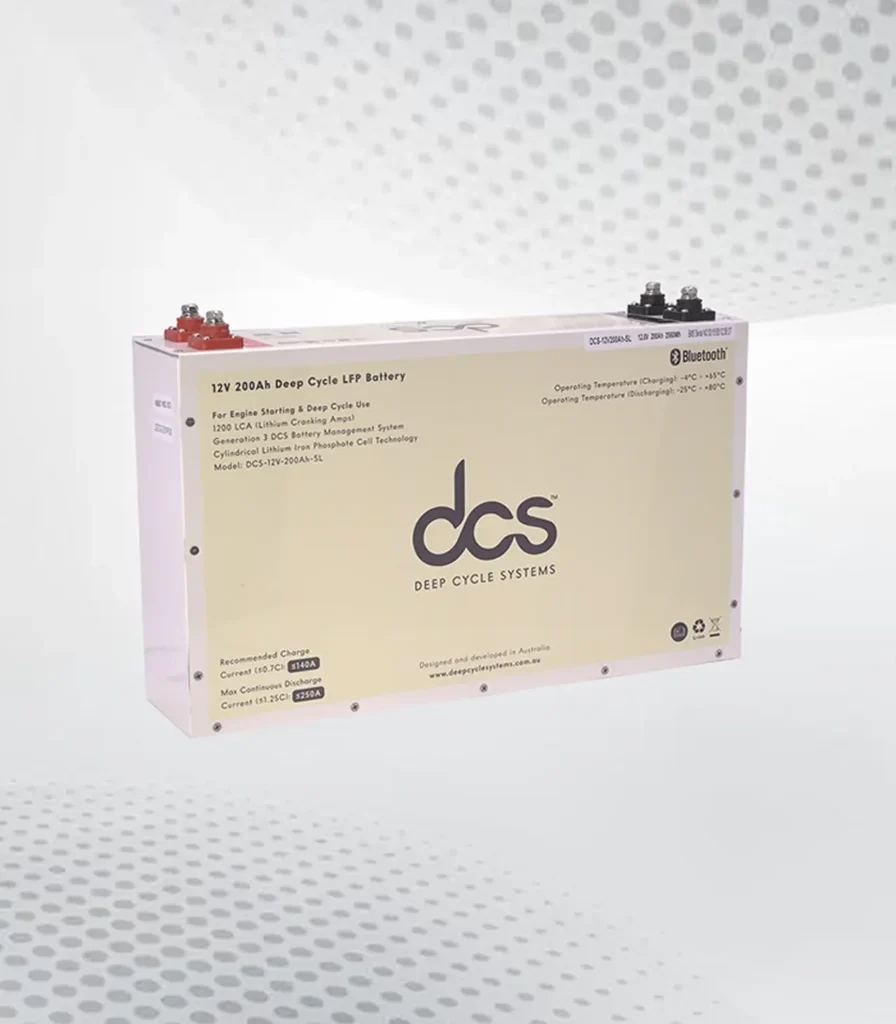Every component plays a vital role in the smooth operation of your 2003 Hyundai Accent. Among them, the crankshaft position sensor often doesn’t get the attention it deserves. But don’t be fooled; this small yet powerful device is crucial for optimal engine performance. It helps ensure that everything runs like a well-oiled machine, making it essential for efficiency and power.
If you’ve noticed any changes in your 2003 Hyundai Accent Crank Sensor behavior lately—be it rough idling or stalling—you might want to pay extra attention to this unsung hero under your hood.
The Role Of The Crankshaft Position Sensor In Engine Timing
The crankshaft position sensor plays a vital role in the engine timing of your 2003 Hyundai Accent Crank Sensor. It continuously monitors the crankshaft’s position and rotation speed, which is crucial for maintaining optimal performance.
As the engine runs, this sensor sends real-time data to the Engine Control Unit (ECU). The ECU uses this data to determine ignition timing and fuel injection schedules. Accurate timing is essential for efficient combustion and overall engine function.
When the crankshaft rotates, it creates a magnetic field that interacts with the sensor. This interaction generates electrical signals that inform the ECU about piston positions. Any delay or misreading can lead to significant issues in power delivery.
An efficiently timed ignition sequence ensures that each cylinder fires at precisely the right moment. When everything aligns properly, you experience smoother acceleration and better fuel efficiency.
Without a functioning crankshaft position sensor, your vehicle could struggle to start or stall during operation. Maintaining precise timing keeps your engine running smoothly, minimizing wear on its components while maximizing performance potential.
How A Faulty Crankshaft Position Sensor Affects Engine Performance
A faulty crankshaft position sensor can negatively affect your engine’s performance. This component plays a vital role in monitoring the crankshaft’s speed and position, which informs the vehicle’s engine control unit (ECU) about when to fire the spark plugs and inject fuel.
When this sensor malfunctions, it often leads to erratic timing of these critical processes. As a result, you may experience misfires or rough idling while driving your 2003 Hyundai Accent. The engine struggles for power because it isn’t receiving accurate information about its internal movements.
Fuel efficiency also suffers. An unreliable signal from the crank sensor could cause too much or too little fuel to be injected into the combustion chamber. This imbalance affects how smoothly your car runs and increases emissions, potentially leading you to fail an emissions test.
Additionally, acceleration issues are common with a failing crankshaft position sensor. You might notice significant delays when pressing down on the gas pedal due to inconsistent ignition timing caused by incorrect readings from the sensor.
Ignoring these signs can lead to more severe damage over time and costly repairs that could have been prevented with timely intervention.
Symptoms Of A Failing Crankshaft Position Sensor In A 2005 Hyundai Accent Crankshaft Position Sensor
A failing 2005 Hyundai Accent Crankshaft Position Sensor can lead to a range of noticeable symptoms. One common indicator is difficulty starting the engine. You might turn the key, but it could struggle or fail to start altogether.
Another sign to watch for is irregular engine performance. The crank sensor may malfunction if you experience sudden stalling or hesitation during acceleration. These issues often arise when the sensor fails to provide accurate data about the crankshaft’s position.
Additionally, poor fuel efficiency can signal problems with this critical component. A faulty sensor disrupts optimal timing and leads to inefficient combustion, causing excessive fuel consumption.
Check-engine light activation is also common with a failing crankshaft position sensor. When your vehicle’s onboard computer detects an issue with engine timing or misfires linked to this part, it will trigger that warning light on your dashboard.
Unusual sounds from under the hood may indicate trouble with the crankshaft position sensor. If you hear grinding noises or other abnormal sounds while driving, it’s worth investigating further, as these could indicate deeper mechanical issues related to this essential component of your engine system.
The Importance Of Accurate Timing For Engine Efficiency And Power
Accurate timing is essential for your engine’s efficiency and power output. Every component in an engine works in harmony, and timing plays a crucial role in ensuring that everything operates smoothly.
When the crankshaft position sensor functions correctly, it helps maintain precise timing between the camshaft and crankshaft. This synchronization allows the engine to optimize its performance during combustion cycles. You may experience reduced power and fuel efficiency when the timing is off.
Correct timing also affects emissions. An improperly timed engine can lead to incomplete combustion, resulting in unburned fuel being expelled into the exhaust system. This not only diminishes engine performance but can also harm environmental quality.
Moreover, accurate timing enhances throttle response. Drivers expect their vehicles to react promptly when pressing the accelerator pedal. Driving becomes less enjoyable if there’s a delay due to poor ignition or fuel injection timings caused by a faulty crankshaft position sensor.
Maintaining proper timing extends your vehicle’s lifespan. Components under stress from incorrect timings suffer wear and tear more quickly than those working efficiently together. Taking care of this critical aspect ensures smoother operation for years to come.
How The 2007 Hyundai Accent Crankshaft Position Sensor Impacts Fuel Injection And Ignition Timing
The 2007 Hyundai Accent Crankshaft Position Sensor plays a pivotal role in managing the fuel injection and ignition timing of your 2003 Hyundai Accent. This small yet vital component monitors the crankshaft’s position and rotational speed. The engine control unit (ECU) uses this information to help ensure that fuel is injected precisely at the right moment.
When everything works harmoniously, you get optimal combustion, improving performance and efficiency. The ECU uses data from the crank sensor to determine when to fire each spark plug. If this timing is off, it can lead to poor acceleration and increased emissions.
A malfunctioning crankshaft position sensor disrupts these crucial processes. Fuel may be injected too early or late, causing rough idling or stalling issues during drives. Similarly, incorrect ignition timing can result in misfires or engine knocking, which is detrimental to your vehicle’s health.
Proper timing ensures your engine runs smoothly under various conditions, whether accelerating on a highway or navigating city streets. So, monitoring this component could prevent more severe repairs while enhancing the overall driving experience.
Why Early Detection Of Crankshaft Sensor Issues Can Save You Money
Detecting crankshaft sensor issues early can be a game-changer for your wallet. When the 2003 Hyundai Accent’s crankshaft position sensor starts to fail, it may not seem like an immediate problem. However, ignoring this issue can lead to more significant engine troubles.
A malfunctioning sensor disrupts engine timing. This misalignment can cause your vehicle to run inefficiently or stall altogether. If you notice any performance dips, addressing them promptly could prevent a simple fix from spiralling into an expensive repair.
Replacing a faulty crankshaft position sensor is far cheaper than dealing with potential engine damage caused by prolonged neglect. Engine components that operate based on inaccurate readings risk premature wear out or failure.
Furthermore, diagnosing and fixing minor issues now often prevents costly breakdowns later on. Regular check-ups for your 2003 Hyundai Accent will ensure all parts function harmoniously, keeping expenses low in the long run.
Investing time in early detection ultimately saves money and enhances your driving experience through improved performance and reliability.
Replacing The Crankshaft Position Sensor In A 2003 Hyundai Accent: A Step-By-Step Guide
Disconnect the Battery for Safety
Disconnecting the battery is an important safety step. It prevents electrical shorts or shocks while you’re working on your vehicle, ensuring that the replacement process proceeds without complications.
Locate the Crankshaft Position Sensor
The crankshaft position sensor is typically located near the engine block or the transmission bell housing. Identifying its correct position is key to removing and replacing it properly.
Remove Obstructions to Access the Sensor
Before removing the old sensor, clear any components obstructing access, such as air intake hoses or engine covers. This ensures that you have a clear path to safely detach the sensor.
Remove the Old Sensor and Install the New One
Once the old sensor is accessible, unscrew and detach it from its mounting point. Then, install the new crankshaft position sensor, ensuring it fits securely before tightening the screws to avoid any future issues with vibrations.
Reassemble and Test the Vehicle
After reattaching any components that were removed and reconnecting the battery, start the car to ensure that the new sensor is functioning correctly. If everything goes smoothly, you’ll be ready to hit the road with improved performance.
Choosing Between OEM And Aftermarket Crank Sensor Hyundai Accent 2008
When replacing the Crank Sensor Hyundai Accent 2008, you’ll choose between OEM and aftermarket options. OEM sensors are made by the original manufacturer, ensuring perfect compatibility with your vehicle’s specifications. They often come with warranties that can provide peace of mind.
On the other hand, aftermarket sensors may offer cost savings while still delivering decent performance. These parts come from third-party manufacturers and can vary widely in quality. Some brands produce reliable components that meet or exceed OEM standards, but others might hold up better over time.
Installation is another factor to consider. If you’re comfortable working on your car, both types can be relatively easy to install for most DIY enthusiasts. However, certain aftermarket models may require additional adjustments or modifications.
Warranty coverage plays a significant role, too. Many OEM parts have extended warranties, which could save you money down the line if something goes wrong. However, aftermarket products might not always offer similar assurances.
Choosing between an OEM and an aftermarket crankshaft position sensor will depend on your budget and how long you plan to keep your 2003 Hyundai Accent running smoothly.
Conclusion
The crankshaft position sensor is pivotal in your 2003 Hyundai Accent’s engine performance. The vehicle may suffer various issues without functioning correctly, leading to poor efficiency and power loss.
Understanding its importance helps you appreciate the engineering behind modern vehicles. This small component significantly influences how well your engine runs, affecting fuel injection and ignition timing.
Regular maintenance checks can help identify potential problems with the crank sensor before they escalate into costly repairs. Early detection is beneficial not just for performance but also for your wallet.
FAQs
What does a crankshaft position sensor do?
The crankshaft position sensor monitors the crankshaft’s rotation. This information is crucial for determining engine timing, fuel injection timing, and ignition timing.
How do I know if my crankshaft position sensor is faulty?
Common symptoms include rough idling, difficulty starting the engine, stalling while driving, and poor acceleration. If you notice any of these signs, consider checking your crank sensor.
Can a bad crankshaft position sensor damage my engine?
Yes, a malfunctioning cranking speed could lead to improper fuel-air mixture or misfiring issues, ultimately affecting engine health over time.
Is replacing the 2003 Hyundai Accent crankshaft position sensor difficult?
While simple, replacement requires basic automotive skills. You’ll need tools like wrenches and screwdrivers to access it properly.
| Related Business Listings |
| Contact Directory |
| Local Business Profiles |




